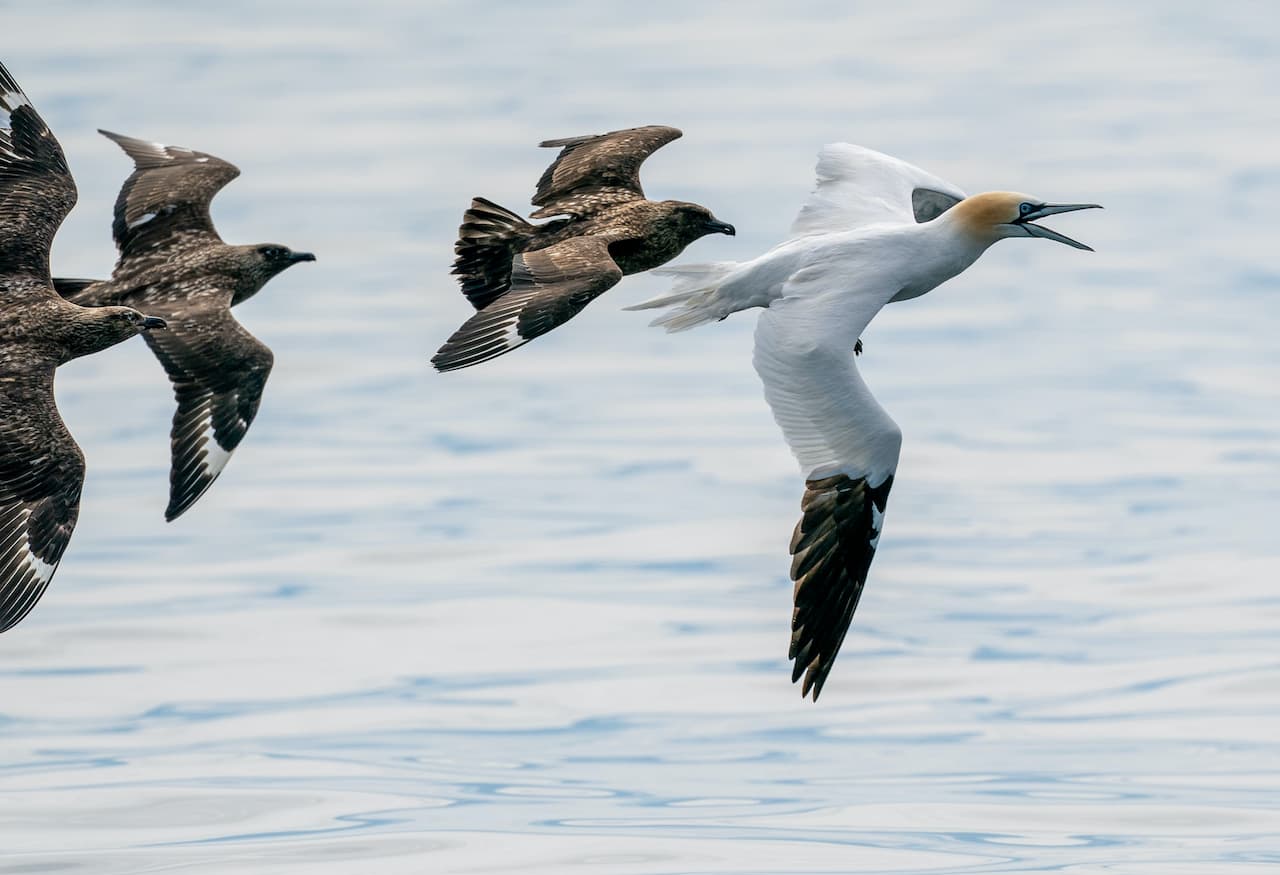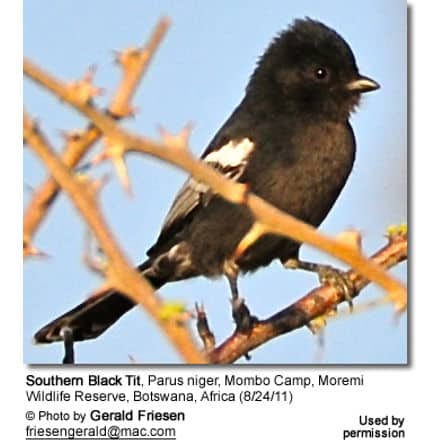Goldcrest Kinglets
The Goldcrest Kinglets (Regulus regulus) inhabits most of Europe and Asia and the islands of Macaronesia—the Azores, Madeira, Canary Islands and Cape Verde. In the winter, the birds which breed in the northern and eastern areas migrate to the warmer southern locations.
Description
The Goldcrest Kinglet, particularly those which inhabit the Canary Islands, is similar to the Firecrest, but it lacks the strong facial markings and bronze shoulders patches of the Firecrest. The breast and belly are a greenish-buff, and the back and rump are olive green. White bars highlight the dark wings.
The forehead, beak and eyes are black. The facial feathers are buff, and there are not as many facial markings as in the Firecrest. The crown is black with an orange center patch for the males and yellow for the females. These center patches are erected during breeding season. The sexes are alike, except for the color of the crest. The juvenile appears similar to the adult, but the feathers are duller and it does not yet have the orange or yellow patch on the crown. The feet and legs are dark brown.
The Goldcrest is the smallest European bird: it measures 8.5–9.5 cm (3.3–3.7 in) in length, with a 13.5–15.5 cm (5.3–6.1 in) wingspan and a weight of 4.5–7.0 g (0.16–0.25 oz).
The flight is characteristic of Kinglets: it will change directions abruptly and create a whirring sound as it flies.
Diet / Feeding
Like other Kinglets, the Goldcrest is an insectivore. Its diet includes spiders, aphids and springtails, as well as other arthropods. This Kinglet is constantly on the move as it searches for insects to eat, and in winter it is often found foraging with flocks of tits. It will hover, dart from leaf to leaf, and hop about in search of prey. Its nervous movements include climbing up and down tree trunks and hopping along branches.
Breeding / Nesting
The Goldcrest breeds in coniferous woodland and gardens, building its compact, three-layered nest on a tree branch.
The female will construct the closed, cup-shaped nest from cobwebs, moss and twigs, and she will create an opening at the top. The middle layer of the nest is lined with feathers and hair, and the female use spider webs to hang the nest from thin branches. Around 10-12 eggs are laid and incubated by the female for about 15 days. She broods the chicks by herself, but both parents participate in feeding them.
Second broods are common.
Calls / Vocalizations
The Goldcrest’s song is a repetition of high, thin notes. The contact call is a high-pitched zee given in a monotone pitch. This call ends suddenly and sometimes is delivered very quickly.
The male’s song consists of cedar, repeated 5–7 times and concludes with the phrase cedarcedar-cedar-cedar-cedar-stichi-see-pee. The entire song lasts 3–4 seconds and is repeated 5–7 times a minute.
Since this song is sung during foraging, it can be heard year-round.




